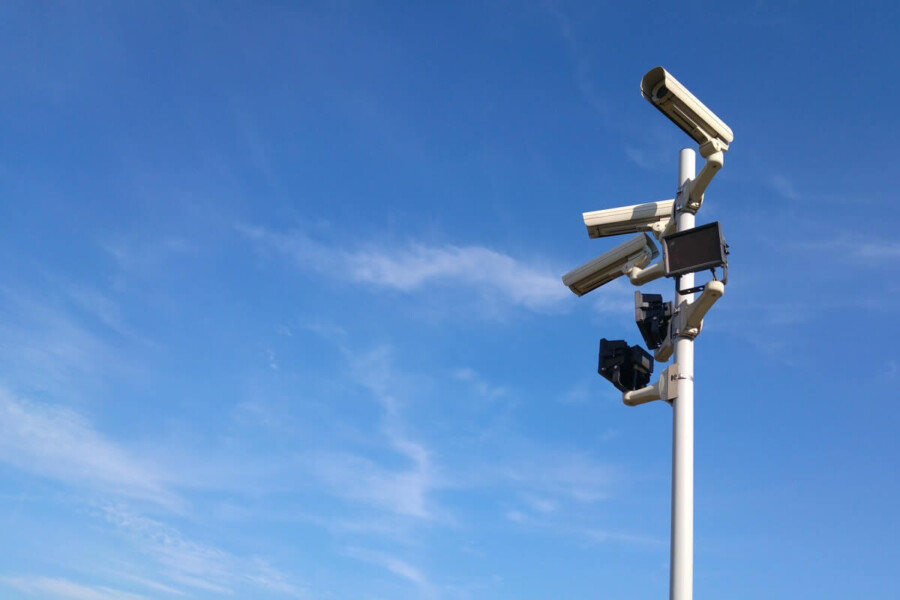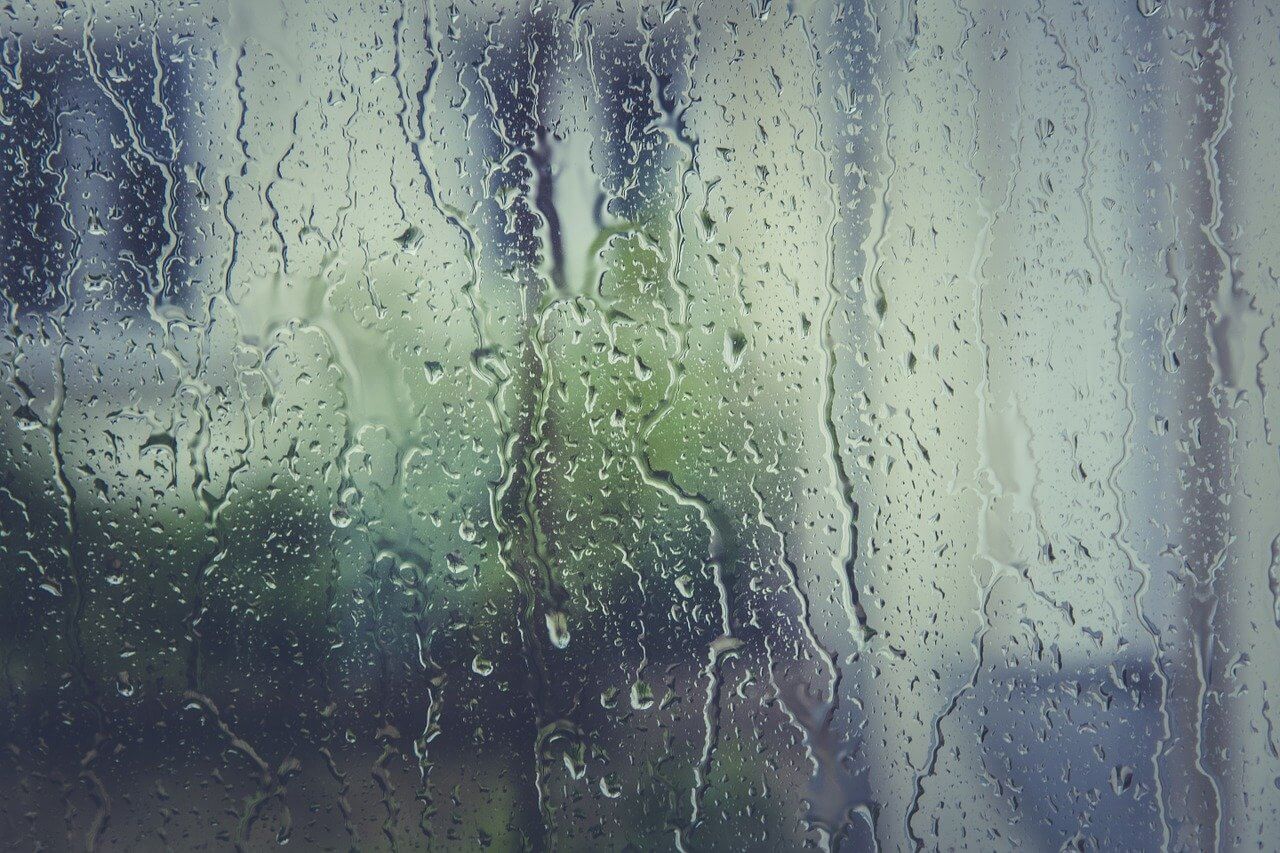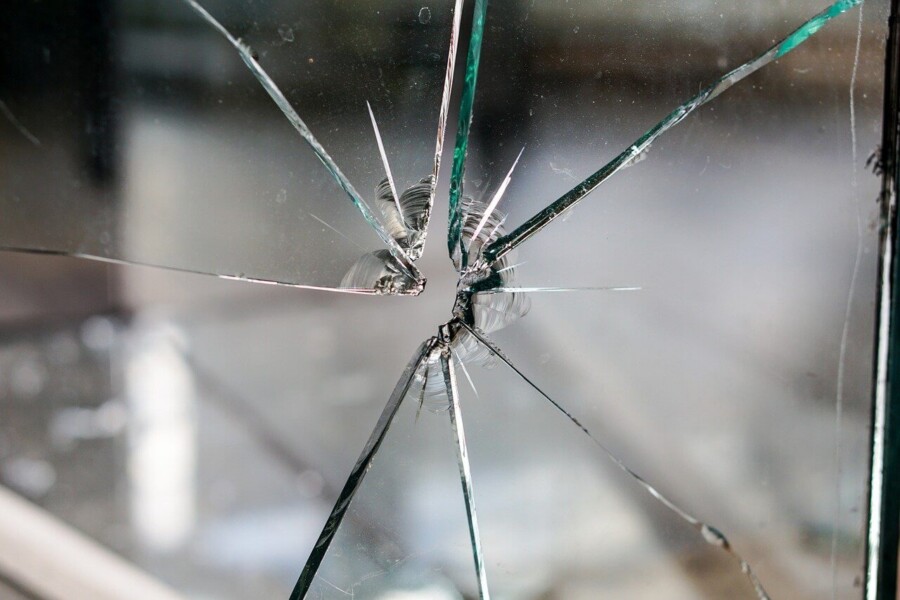As an automobile glass workshop, we know that the “return operation” is just around the corner and that, on road trips, one of the biggest fears — after accidents — is fines. These fines tend to increase during the summer months due to the large number of journeys made in the holiday season.
Because of this, in today’s article we will talk about speed cameras. We will also remind you how important car glass repair is to avoid setbacks on your journey back home.
What are speed cameras and how do they work?
Speed cameras used by the authorities to determine whether speed limits are being respected on certain stretches of road are precise and highly reliable.
Their reliability is thanks to the technology they use — technology employed in speed meters (cinemometers) to calculate vehicle speed. It is based on the Doppler effect on the electromagnetic wave emitted by the radar, which allows it to be 100% accurate.
However, as a company specialised in repairing scratched glass, to better understand how speed cameras work, we should understand how vehicle speedometers work — because this is where the heart of the matter lies. Vehicle speedometers, whether in cars, trucks, or motorbikes, are not exact. This is why radars are given a margin of error.
What margin of error does a speed camera have?
As we stated earlier, speed cameras are designed to measure the speed of any vehicle passing through a specific stretch of road, in order to raise awareness and prevent traffic accidents.
Thus, these radars have a margin of error, which varies depending on the type of radar. In our country, this error margin is certified by the Spanish National Accreditation Body (ENAC) — an entity responsible for validating that all speed cameras have the same characteristics and margins of error. Remember that both exceeding speed limits and failing to repair scratched glass can lead to collisions on the road.
Regulations and fines
Order ITC/2010 of 26 November is the regulation that governs the metrological control of speed cameras. This Order sets a margin of 7 km/h on roads with speed limits up to 100 km/h, and a 7% margin for higher limits. This applies equally to fixed and mobile radars located on any stretch of road in the country.
As you know, exceeding speed limits results in fines and, in some cases, points being taken from your driving licence. The amount of the fine and points lost will depend on the speed at which the offence has been committed on that particular stretch.
The least serious fine is around €100 and does not involve loss of points. Conversely, if the maximum permitted speed is greatly exceeded, the fine can rise to €600 and up to 6 points can be removed from your licence. As a workshop specialised in car glass repair, we know how important it is to keep those points.
As an automobile glass workshop, we note that fines can be reduced by up to half if payment is made within 24 hours of receiving the notification. On the other hand, if limits are grossly exceeded and this is considered a very serious offence, it could be classified under the Penal Code.
That said, exceeding speed limits is a highly dangerous practice that not only jeopardises your own road safety but also the safety of other drivers.
Driving over the speed limit, overloading your car, or failing to repair scratched glass to save costs are practices that can lead to accidents. For this reason, from our automobile glass workshop, we recommend that before setting off, you check the timing of the “departure operation” and visit one of our workshops for car glass repair.





